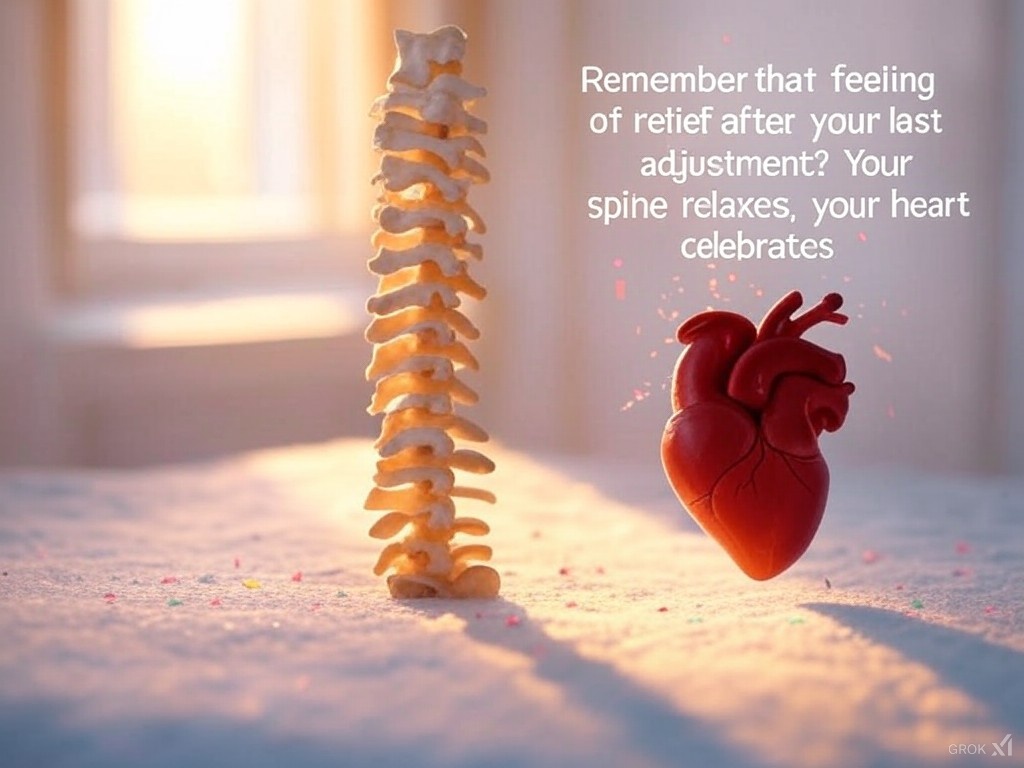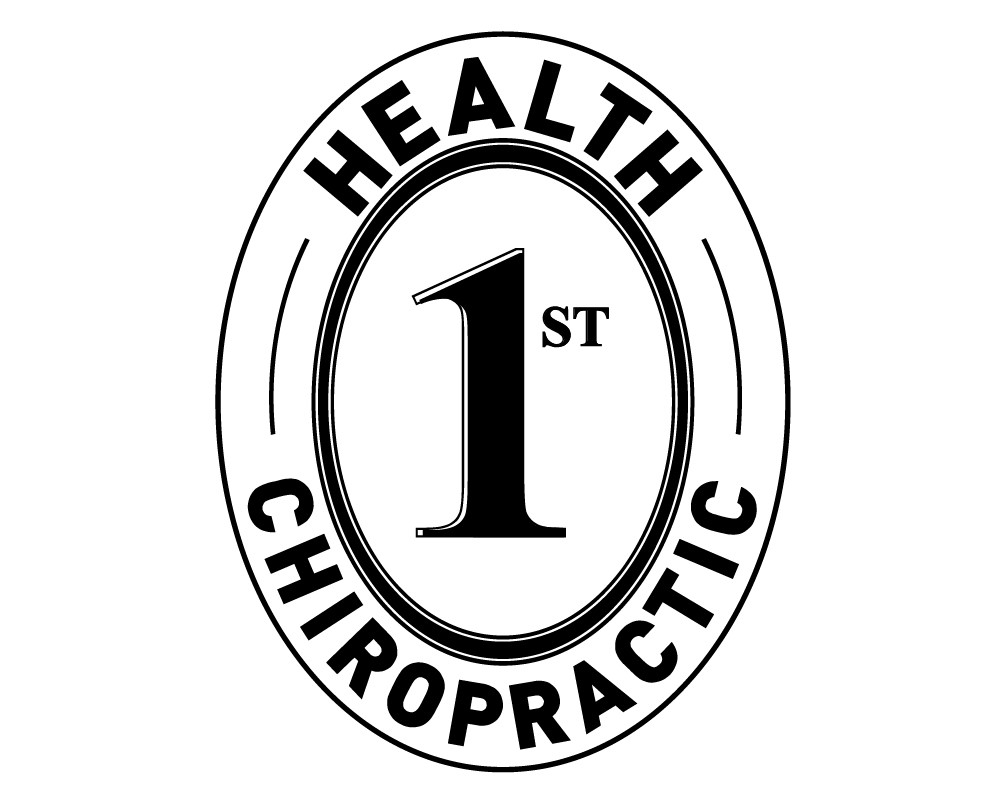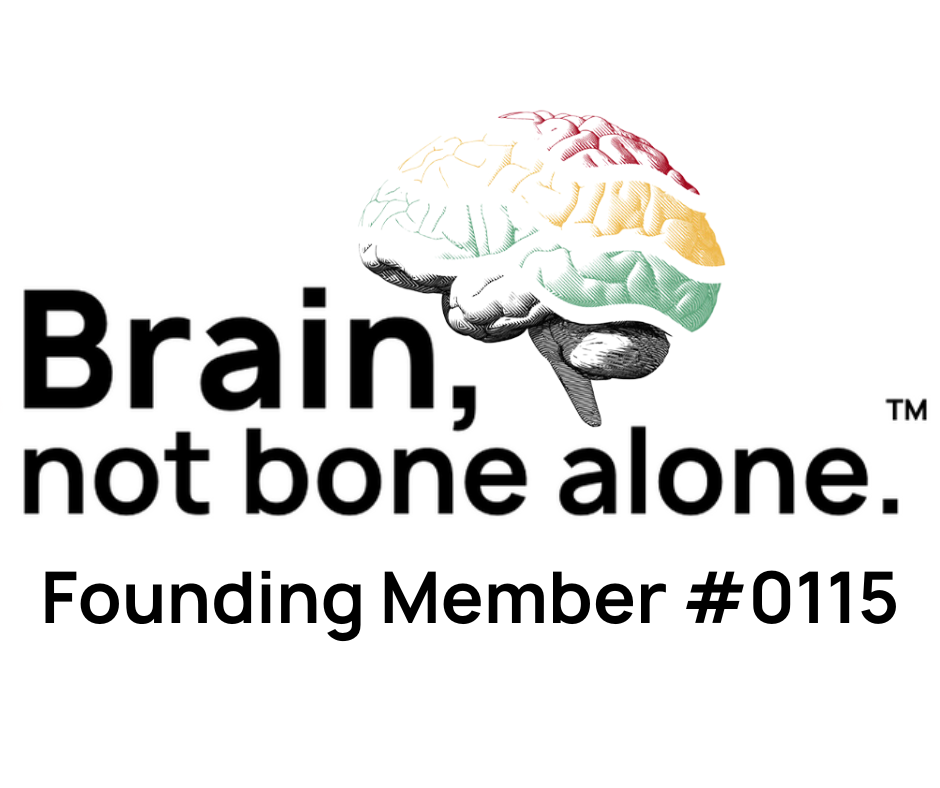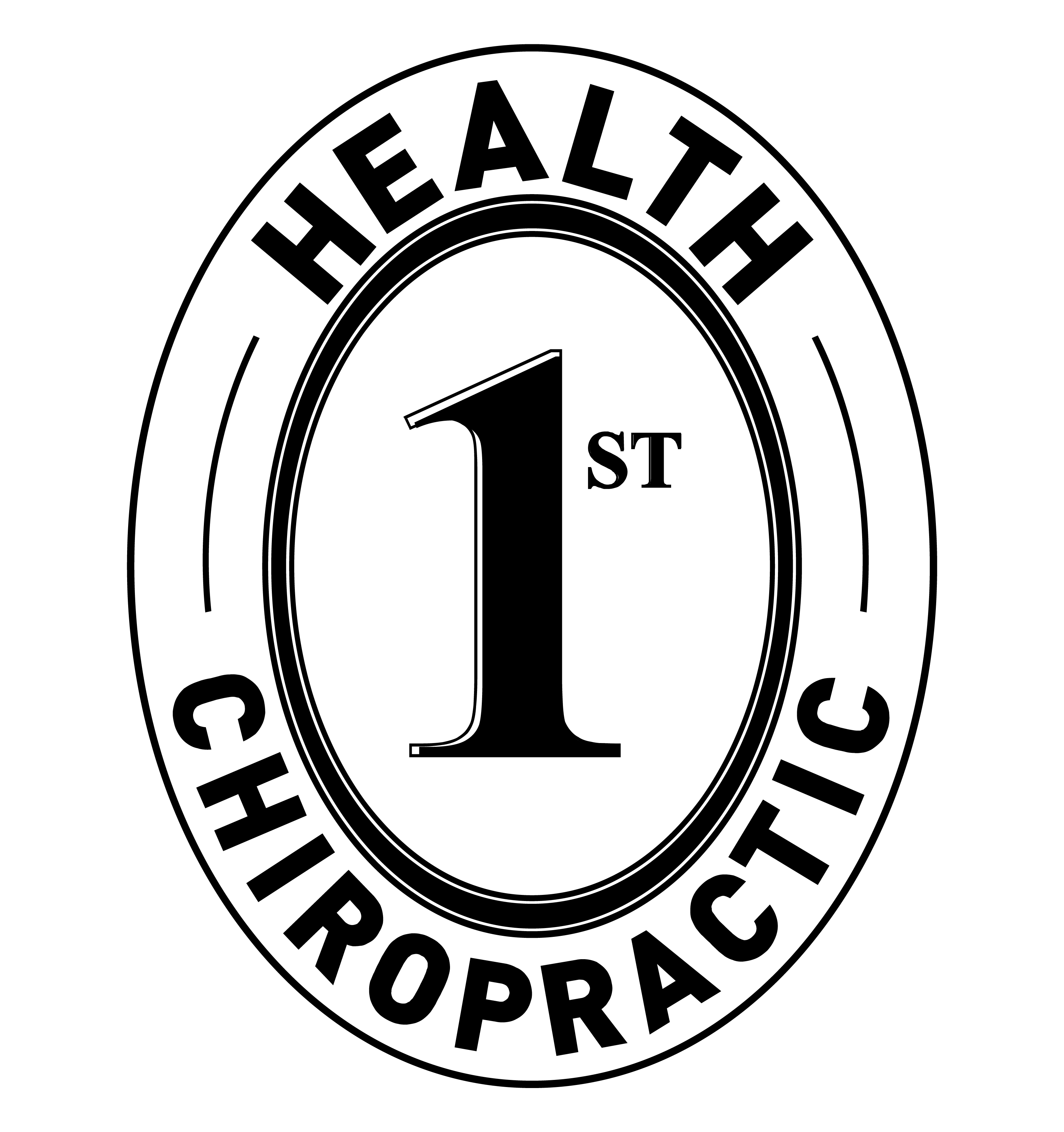HEALTH FIRST Blog

Your Heart's Hidden Helper: The Surprising Role of Your Spine
Let's talk about something amazing that's happening in your body right now. Your spine isn't just keeping you upright; it's actively participating in your heart's health through an incredible communication network. This isn't new age thinking - it's documented in Gray's Anatomy, the cornerstone text of medical understanding.
The story starts in your upper back, specifically in the first four thoracic vertebrae (T1-T4). Think of this area as your heart's control tower. According to Essential Clinical Anatomy of the Nervous System, this region houses vital nerve pathways that help regulate your heart's rhythm and function. It's like a sophisticated telephone line running between your spine and heart, constantly sending important messages back and forth.
What makes this connection so special? It's all about your autonomic nervous system - the body's automatic pilot that controls things you don't have to think about, like your heartbeat and blood pressure. This system uses your spine as its primary communication highway, with the thoracic region serving as a crucial interchange.
The exciting part is that scientists are continuing to explore and understand these connections better every day. Research is uncovering new layers of how spinal wellness might support heart health - not as a replacement for traditional cardiac care, but as part of your body's natural support system.
Here's what makes this relevant to you: every time you get an adjustment, you're not just addressing back pain or stiffness. You're potentially helping your body's communication system work more efficiently. Think of it like clearing traffic on that communication highway, helping messages flow more smoothly between your spine and heart.
But let's be clear - this isn't about replacing your cardiac care routine. Instead, it's about understanding how different parts of your body work together. Just as you wouldn't expect your car to run well with a misaligned steering system, your body works best when all its parts are properly aligned and communicating effectively.
Remember, your body is incredibly intelligent and interconnected. The care you give to one system often benefits another in ways we're still discovering. That's not just fascinating - it's empowering.
Note: This article references foundational anatomical relationships documented in standard medical texts. For specific research about outcomes and effectiveness, consult current peer-reviewed literature and discuss with me…I’m here for your health.


